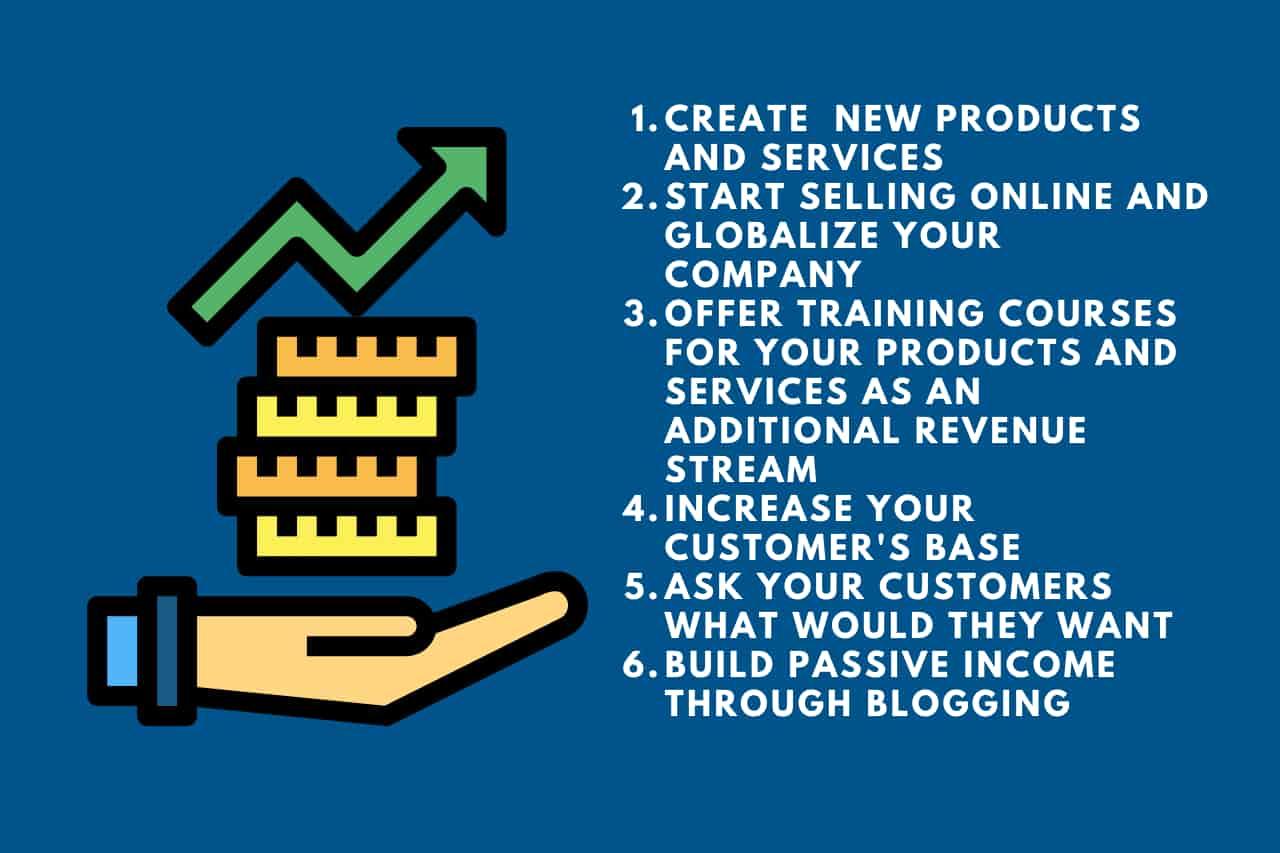Purchasing a new car is often seen as a significant milestone, but it can also present a financial challenge that requires careful planning and disciplined saving. Navigating this journey demands more than just setting aside spare change; it requires a strategic approach to ensure that you can afford your new vehicle without derailing your financial stability. In this article, we will guide you through practical steps to save effectively for a new car while adhering to your budget. By following these authoritative strategies, you’ll not only be able to accumulate the necessary funds but also maintain control over your financial future. Whether you’re a first-time buyer or looking to upgrade, these insights will empower you to make informed decisions and achieve your automotive goals without compromising your financial well-being.
Evaluating Your Current Financial Situation and Setting Realistic Goals
Before embarking on the journey to save for a new car, it’s essential to take a step back and critically assess your current financial landscape. This involves a detailed review of your income, expenses, and any existing debts. Begin by analyzing your monthly cash flow: what comes in, what goes out, and where your money is being allocated. Utilize budgeting tools or apps to get a comprehensive view of your financial health. Once you have a clear picture, identify areas where you can cut back or reallocate funds towards your car savings goal.
Setting goals that are both ambitious and attainable is crucial. Start by determining the type of car you need and its estimated cost. Then, break down this goal into manageable milestones. Ask yourself: How much can you realistically save each month without disrupting your daily living expenses? Create a timeline for your savings plan and consider opening a dedicated savings account to keep your car fund separate from other savings. Be sure to account for additional costs such as insurance, registration, and maintenance in your financial planning. Regularly review your progress and adjust your strategy as needed to stay on track.

Creating a Dedicated Savings Plan Tailored to Your Income
Crafting a savings plan that aligns with your earnings is essential for reaching your goal of purchasing a new car without straining your finances. Start by evaluating your current income and expenses to identify how much you can realistically set aside each month. Analyze your spending habits and categorize your expenditures to pinpoint areas where you can cut back. This might mean dining out less often or finding more cost-effective entertainment options. The key is to create a balance that allows you to save without feeling deprived.
Once you have a clear picture of your financial landscape, establish a dedicated savings account specifically for your car fund. Consider these steps to optimize your savings plan:
- Automate your savings: Set up automatic transfers to your dedicated account to ensure consistency.
- Set realistic milestones: Break down your total savings goal into smaller, manageable targets.
- Explore additional income streams: Look for side gigs or freelance opportunities to boost your savings rate.
- Review and adjust regularly: Periodically assess your progress and make adjustments to your plan as needed.

Maximizing Savings Through Smart Spending and Cost-Cutting Strategies
Achieving your goal of buying a new car without breaking the bank requires a strategic approach to spending. Start by assessing your monthly expenses and identifying areas where you can reduce costs. Consider adopting the following cost-cutting strategies:
- Prioritize Needs Over Wants: Differentiate between essential and non-essential purchases. Redirect funds typically spent on luxury items towards your car savings.
- Embrace DIY Solutions: Simple tasks, like home repairs or meal preparation, can be done without professional help, saving you money.
- Optimize Utility Usage: Lower energy bills by being mindful of electricity and water consumption. Small changes, like unplugging devices when not in use, can lead to significant savings.
In addition to cutting costs, enhance your savings by employing smart spending techniques. Utilize cashback offers and loyalty programs when shopping. Opt for generic brands and bulk purchases to stretch your dollar further. By combining these strategies, you’ll find yourself inching closer to your dream car, all while maintaining a balanced budget.

Exploring Additional Income Streams to Accelerate Your Car Savings
In today’s dynamic economy, diversifying your income can significantly boost your car savings without straining your budget. Here are some innovative ways to explore:
- Freelancing: Leverage your skills in writing, graphic design, or coding to take on freelance projects. Platforms like Upwork or Fiverr offer a plethora of opportunities to earn extra cash.
- Online Tutoring: If you have expertise in a particular subject, consider offering online tutoring sessions. Websites such as VIPKid or Tutor.com can connect you with students eager to learn.
- Renting Out Space: If you have extra space, consider renting it out on platforms like Airbnb. Even a garage or parking space can be monetized to generate additional income.
- Sell Unused Items: Declutter your home and sell items you no longer need on platforms like eBay or Facebook Marketplace. This not only earns you money but also frees up space.
Each of these strategies can be adapted to fit your lifestyle, ensuring that you can steadily grow your car fund while maintaining your current financial commitments. By harnessing these additional income streams, you can accelerate your savings and reach your goal of purchasing a new car sooner than expected.




